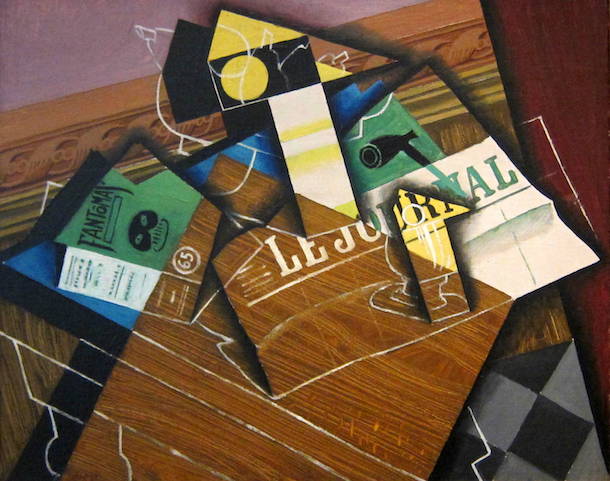Cubism
"Cubism was an attack on the perspective that had been used for 500 years. It confused people: they said,
'Things don't look like that!'"
One of the most influential art movement of the 20th century, Cubism was founded around 1907 and 1908 by Pablo Picasso and Georges Braque with the aim to reject the traditional techniques of perspective and refuting the idea of art as pure imitation of nature. By breaking objects and figures down into distinct areas or planes, the artists aimed to propose a revolutionary new approach to represent reality. Explore Cubism by starting from What is Cubism? and browse our curated list of artworks from cubism painters such as Pablo Picasso, Georges Braque, Juan Gris and others.
Synthetic Cubism
The Synthetic Cubism developed between 1912 and 1914. Synthetic cubism began when the artists started adding textures and patterns to their paintings with the collage technique. Whereas Analytic cubism was about breaking down an object into a fragmentary image and analyse it, Synthetic cubism, as the name suggest, emphasise the combination or synthesis of forms in the picture. Shapes, while remaining fragmented and flat, are larger and more decorative and colour has a strong role in the painting. Smooth and rough surfaces may be contrasted with one another; and frequently foreign materials, such as newspapers or tobacco wrappers, are pasted on the canvas in combination with painted areas. This technique, known as collage, further emphasizes the differences in texture and, at the same time, poses the question of what is reality and what is illusion in nature and in painting.
The main characteristics of synthetic cubist paintings are:
- brighter colour;
- use of collage that allows to have simpler lines and shapes;
- wider range of painted and drawn marks.
Text by Cristina Motta
